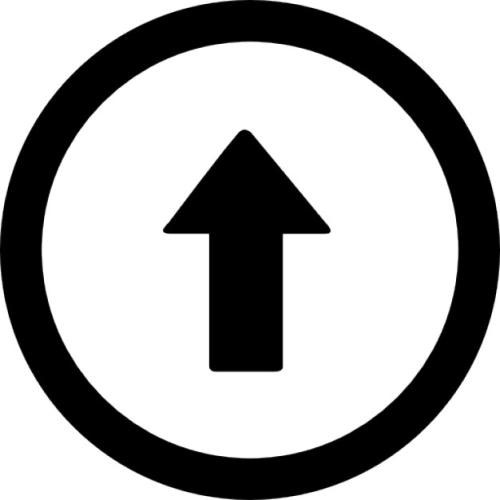The tablet press is mainly used for tablet technology research in the pharmaceutical industry. The tablet press is an automatic continuous production equipment that presses granular objects into circular, irregular shapes and tablets with text, symbols and graphics with a diameter of no more than 13mm. Some pharmaceutical tablet presses have burrs and dust during tablet compression, which should be equipped with a sieve machine to remove dust at the same time (more than twice), and must meet GMP specifications.
1. Dose control
Various tablets have different dose requirements, and large dose adjustments are achieved by selecting punches with different punch diameters. After the die size is selected, the slight adjustment of the dose is by adjusting the depth of the lower punch into the middle die hole, thereby changing the actual length of the middle die hole after the bottom is sealed to achieve the purpose of adjusting the filling volume of the medicine in the die hole. Therefore, there should be a mechanism for adjusting the original position of the lower punch in the die hole on the tablet press to meet the dose adjustment requirements.
2. Control of tablet thickness and compaction degree
The dose of drug is determined according to the prescription and pharmacopoeia and cannot be changed. In order to meet the requirements of storage, transportation, preservation and disintegration time limit, a certain amount of pressure is also required when compressing tablets, which will also affect the actual thickness and appearance of the tablet. Pressure adjustment during tablet compression is essential. This is achieved by adjusting the downward movement of the upper punch in the die hole. Some tablet presses not only have an upward and downward movement during the tablet pressing process, but also an upward movement of a undershot. The relative movement of the upper and lower punches together complete the tablet pressing process. However, Pressure regulation is mostly achieved by adjusting the upward and downward movement of the mechanism to achieve pressure regulation and control.
3. Adjustment of tablet output
Rotate the hand wheel to make the lower punch rise to the highest position, observe whether the lower punch surface is aligned with the middle die plane (either high or low will affect the output). If not, Loosen the butterfly screw, loosen the gear pressing plate and turn the upper adjustment gear so that the lower punch surface is aligned with the plane of the middle mold, and then still press the pressing plate and tighten the butterfly screw. At this point, the hand wheel is shaken by hand, and the empty car runs for more than ten revolutions. If the machine is running normally, you can add material to test the pressure and proceed to the next adjustment.
4. Adjustment of filling depth (i.e. adjustment of tablet weight)
Loosen the thumb screw and loosen the gear pressing plate. Turn the lower adjusting gear to the left to raise the lower punch rod, and the filling depth is reduced (the tablet weight is reduced). After adjustment, still press the gear tooth pressure plate, and tighten the butterfly screw.
5. Pressure adjustment (i.e. adjustment of tablet hardness)
Loosen the connecting rod lock nut, turn the upper punch rod, turn left to move the upper punch rod downward, the pressure will increase, and the hardness of the tablet will increase. On the contrary, turn right, the pressure will decrease and the hardness of the tablet will decrease. After adjusting, use a wrench to clamp the lower hexagon of the upper punch rod, and still lock the connecting rod lock nut. At this point, the adjustment of the die is basically completed, and then start the motor to to compress more than ten tablets, check the weight, hardness and surface finish of the tablets, and if they are qualified, then they can be put into production. During the production process, the quality of the tablets must be checked at any time and adjusted in time.
